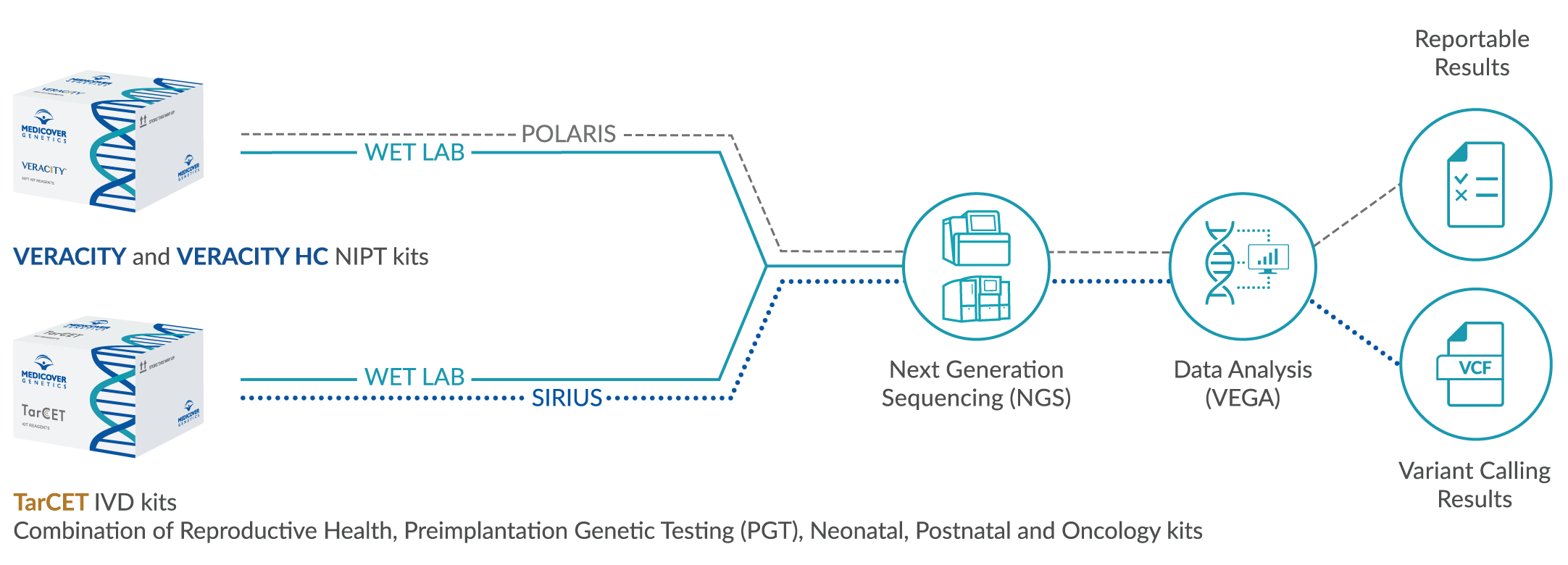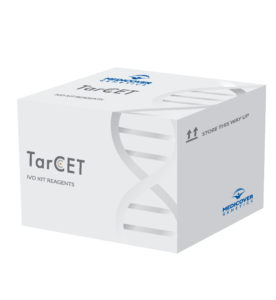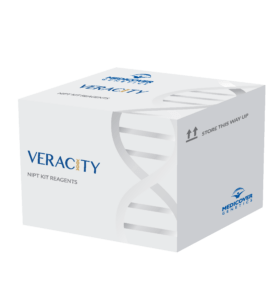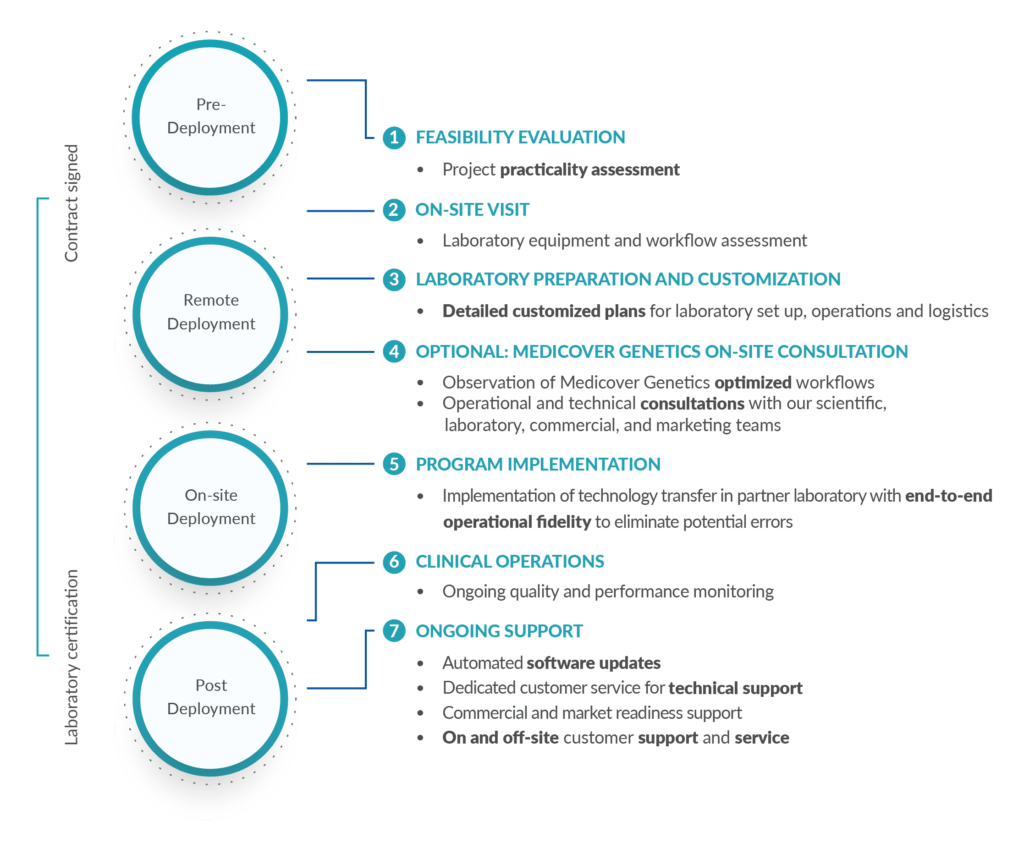The human brain develops through a complex series of events, with genes carefully regulating the formation of neurons and glial cells. A recent study offers a detailed map of this process, tracking how different brain regions and cell types evolve from the first trimester through adolescence. The researchers identified a new type of progenitor cell—Tri-IPCs—that plays a critical role in generating both neurons and glial cells. Interestingly, glioblastoma cells share key characteristics with these progenitors, raising the possibility that cancer may exploit normal developmental pathways. The study also connects specific brain cell types to autism risk, offering valuable insights into neurodevelopmental disorders. These findings deepen our understanding of brain development and its links to disease. Read more about this under Article 1 below.
Contents
- Article 1: Molecular and cellular dynamics of the developing human neocortex
- Article 2: Brain change trajectories in healthy adults correlate with Alzheimer’s related genetic variation and memory decline across life
- Article 3: Complex rearrangements fuel ER+ and HER2+ breast tumours
- Article 4: Clinical evaluation of long-read sequencing-based episignature detection in developmental disorders
- References
Article 1: Molecular and cellular dynamics of the developing human neocortex
A new atlas of human neocortex development identifies gene networks that drive neural differentiation at five key stages. Key takeaways include the identification of Tri-IPCs as progenitors of diverse brain cells and their similarity to glioblastoma cells, as well as a link between second-trimester neurons and autism risk. This resource offers critical insights into neurodevelopment and its relevance to disease. Read the full article here.
In summary: Gene networks guide brain development and influence autism risk
A study of adults aged 30-89 reveals that genetic risk for Alzheimer’s accelerates brain loss in regions sensitive to the disease and correlates with memory decline. Machine learning models have pinpointed early neurodegeneration patterns, showing that most individuals over age 50 follow an accelerated aging trajectory linked to genetic Alzheimer’s risk. Read the full article here.
In summary: Alzheimer’s genes contribute to faster brain aging and memory decline
Article 3: Complex rearrangements fuel ER+ and HER2+ breast tumours
An analysis of 1,828 breast tumors identifies three distinct genomic patterns that influence tumor evolution, immune interaction, and therapeutic response. High-risk ER+ subtypes exhibit complex amplifications, such as HER2+ tumors, while triple-negative tumors show widespread genome instability. These early-established patterns persist in metastasis, offering insights into potential targeted therapies for improved clinical outcomes. Read the full article here.
In summary: Genomic changes drive breast cancer evolution and treatment strategies
Article 4: Clinical evaluation of long-read sequencing-based episignature detection in developmental disorders
A recent study demonstrates that nanopore sequencing can detect episignatures linked to developmental disorders, with results consistent with microarray testing. A machine-learning classifier identified these episignatures in 17 of 19 patients with pathogenic variants. The sequencing also uncovered genetic variants, X-inactivation patterns, and imprinting errors, consolidating multiple diagnostic steps into one comprehensive test. Read the full article here.
In summary: Nanopore sequencing identifies developmental disorder markers and genetic variants
References
[1] Wang, L., Wang, C., Moriano, J. A., Chen, S., Zuo, G., Cebrián-Silla, A., Zhang, S., Mukhtar, T., Wang, S., Song, M., de Oliveira, L. G., Bi, Q., Augustin, J. J., Ge, X., Paredes, M. F., Huang, E. J., Alvarez-Buylla, A., Duan, X., Li, J., & Kriegstein, A. R. (2025). Molecular and cellular dynamics of the developing human neocortex. Nature, 10.1038/s41586-024-08351-7. Advance online publication. https://doi.org/10.1038/s41586-024-08351-7
[2] Roe, J. M., Vidal-Piñeiro, D., Sørensen, Ø., Grydeland, H., Leonardsen, E. H., Iakunchykova, O., Pan, M., Mowinckel, A., Strømstad, M., Nawijn, L., Milaneschi, Y., Andersson, M., Pudas, S., Bråthen, A. C. S., Kransberg, J., Falch, E. S., Øverbye, K., Kievit, R. A., Ebmeier, K. P., Lindenberger, U., … Wang, Y. (2024). Brain change trajectories in healthy adults correlate with Alzheimer’s related genetic variation and memory decline across life. Nature communications, 15(1), 10651. https://doi.org/10.1038/s41467-024-53548-z
[3] Houlahan, K. E., Mangiante, L., Sotomayor-Vivas, C., Adimoelja, A., Park, S., Khan, A., Pribus, S. J., Ma, Z., Caswell-Jin, J. L., & Curtis, C. (2025). Complex rearrangements fuel ER+ and HER2+ breast tumours. Nature, 10.1038/s41586-024-08377-x. Advance online publication. https://doi.org/10.1038/s41586-024-08377-x
[4] Geysens, M., Huremagic, B., Souche, E., Breckpot, J., Devriendt, K., Peeters, H., Van Buggenhout, G., Van Esch, H., Van Den Bogaert, K., & Vermeesch, J. R. (2025). Clinical evaluation of long-read sequencing-based episignature detection in developmental disorders. Genome medicine, 17(1), 1. https://doi.org/10.1186/s13073-024-01419-z















